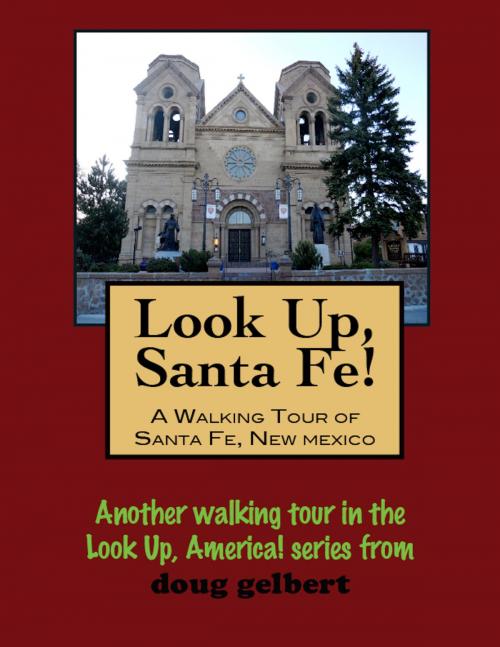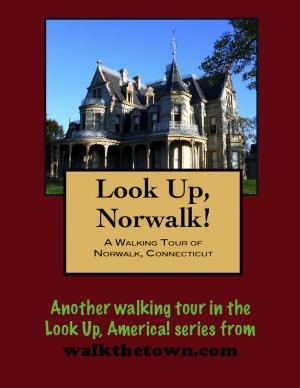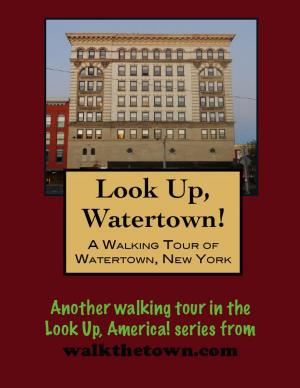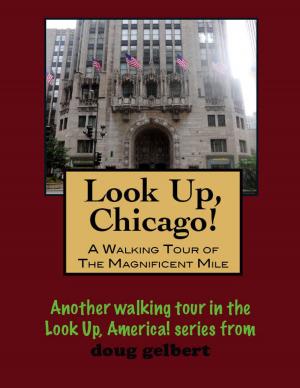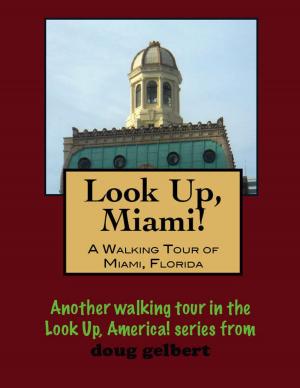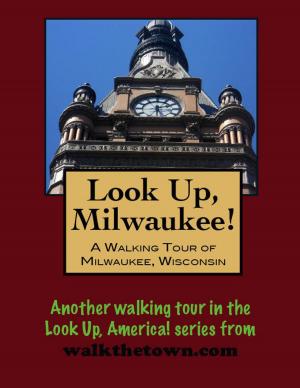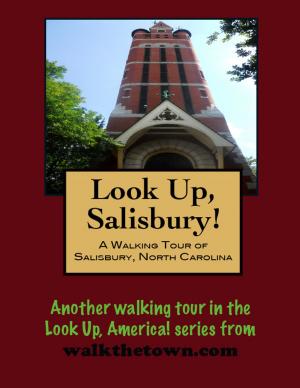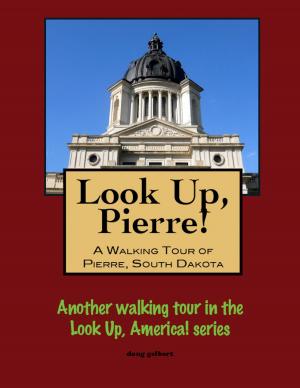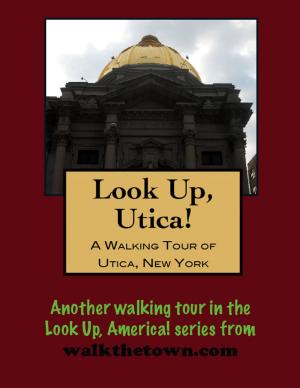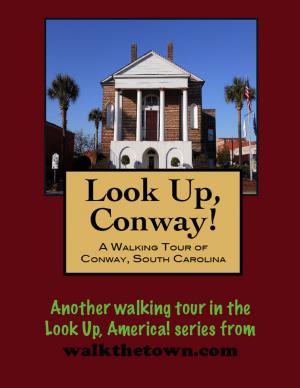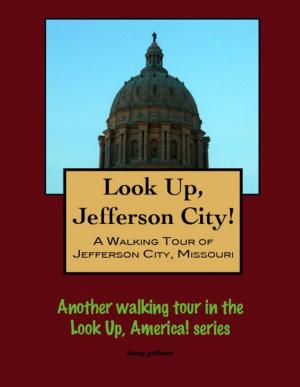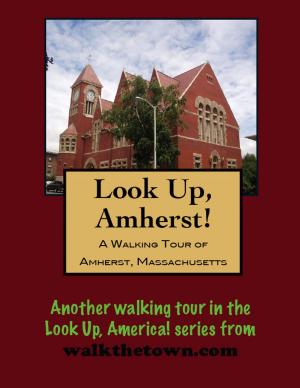Look Up, Santa Fe! A Walking Tour of Santa Fe, New Mexico
Nonfiction, Travel, United States, West, History, Americas| Author: | Doug Gelbert | ISBN: | 9781476182483 |
| Publisher: | Doug Gelbert | Publication: | June 22, 2012 |
| Imprint: | Smashwords Edition | Language: | English |
| Author: | Doug Gelbert |
| ISBN: | 9781476182483 |
| Publisher: | Doug Gelbert |
| Publication: | June 22, 2012 |
| Imprint: | Smashwords Edition |
| Language: | English |
There is no better way to see America than on foot. And there is no better way to appreciate what you are looking at than with a walking tour. Whether you are preparing for a road trip or just out to look at your own town in a new way, a downloadable walking tour is ready to explore when you are.
Each walking tour describes historical and architectural landmarks and provides pictures to help out when those pesky street addresses are missing. Every tour also includes a quick primer on identifying architectural styles seen on American streets.
There were Spanish colonization attempts here in the 16th century but it was not until New Mexico’s third Spanish governor, Don Pedro de Peralta, founded a town at the foot of the Sangre de Cristo Mountains in 1608 that habitation took root. Don Pedro called his settlement La Villa Real de la Santa Fé de San Francisco de Asís, the Royal Town of the Holy Faith of Saint Francis of Assisi and in 1610 he made it the capital of the province. For over 400 years Santa Fe has served almost continuously as a capital city.
That break occurred during the years 1680 to 1692 when the native Pueblo Indians, who had settled here some 600 years earlier, drove the Spaniards from their ancestral lands and the town was abandoned. Don Diego de Vargas reconquered the Pueblos and re-established Santa Fe as the provincial seat of Spanish holdings in the Southwest. In 1824 Santa fe was formalized as the capital of the Mexican territory of Santa Fé de Nuevo México and in 1848, when the United States gained New Mexico through the Treaty of Guadalupe Hidalgo it became the American territorial capital. Finally, in 1912, when New Mexico entered the Union as the 47th state, Santa Fe continued as the capital city, albeit with a population of scarcely 5,000.
By that time the main line of the railroad had bypassed Santa Fe and the federal government had abandoned revenue-producing Fort Marcy. Town officials pegged their future on tourism - at a time when the automobile was less than 20 years old and Route 66 was more than a decade away. The eclectic streetscape that had emerged over the previous 100 years was jettisoned for a total adherence to a single unified building style - the Spanish Pueblo Revival look with flat roofs, exposed log beams known as vigas and earth-toned exteriors. The 1930s saw an inclusion of the traditional Territorial style that featured white-painted wooden trim. Since 1957, by law, every new or rebuilt structure in Santa Fe must exhibit a Spanish Territorial or Pueblo style of architecture.
To see the faces of “City Different” our walking will begin where the Spanish laid out the city in accordance with the “Laws of the Indies,” whose fundamental principle was to create the streets around a central plaza...
There is no better way to see America than on foot. And there is no better way to appreciate what you are looking at than with a walking tour. Whether you are preparing for a road trip or just out to look at your own town in a new way, a downloadable walking tour is ready to explore when you are.
Each walking tour describes historical and architectural landmarks and provides pictures to help out when those pesky street addresses are missing. Every tour also includes a quick primer on identifying architectural styles seen on American streets.
There were Spanish colonization attempts here in the 16th century but it was not until New Mexico’s third Spanish governor, Don Pedro de Peralta, founded a town at the foot of the Sangre de Cristo Mountains in 1608 that habitation took root. Don Pedro called his settlement La Villa Real de la Santa Fé de San Francisco de Asís, the Royal Town of the Holy Faith of Saint Francis of Assisi and in 1610 he made it the capital of the province. For over 400 years Santa Fe has served almost continuously as a capital city.
That break occurred during the years 1680 to 1692 when the native Pueblo Indians, who had settled here some 600 years earlier, drove the Spaniards from their ancestral lands and the town was abandoned. Don Diego de Vargas reconquered the Pueblos and re-established Santa Fe as the provincial seat of Spanish holdings in the Southwest. In 1824 Santa fe was formalized as the capital of the Mexican territory of Santa Fé de Nuevo México and in 1848, when the United States gained New Mexico through the Treaty of Guadalupe Hidalgo it became the American territorial capital. Finally, in 1912, when New Mexico entered the Union as the 47th state, Santa Fe continued as the capital city, albeit with a population of scarcely 5,000.
By that time the main line of the railroad had bypassed Santa Fe and the federal government had abandoned revenue-producing Fort Marcy. Town officials pegged their future on tourism - at a time when the automobile was less than 20 years old and Route 66 was more than a decade away. The eclectic streetscape that had emerged over the previous 100 years was jettisoned for a total adherence to a single unified building style - the Spanish Pueblo Revival look with flat roofs, exposed log beams known as vigas and earth-toned exteriors. The 1930s saw an inclusion of the traditional Territorial style that featured white-painted wooden trim. Since 1957, by law, every new or rebuilt structure in Santa Fe must exhibit a Spanish Territorial or Pueblo style of architecture.
To see the faces of “City Different” our walking will begin where the Spanish laid out the city in accordance with the “Laws of the Indies,” whose fundamental principle was to create the streets around a central plaza...
